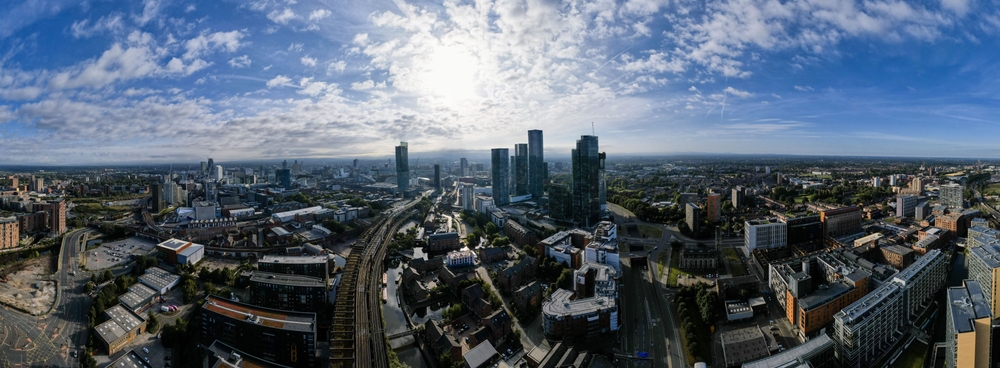First-time Buyer
Demand for ‘post-pandemic’ city homes sees prices soar 9% in a year

Cities have been the “driving force” behind rapid house price growth this year as people returned to the office and resumed leisure activities.
House price inflation in surrounding urban areas came to 7.9%, according to research from Halifax, which could possibly suggest a “shifting in homebuyers’ post-pandemic priorities”.
During the pandemic, there was stronger house price growth in suburban and rural areas as people wanted larger properties with more indoor and outdoor space.
Sheffield reported the largest annual house price growth at 18.9%, with average house prices coming to £228,353.
This was followed by Southampton at 16.2% with house prices pegged at £240,459. For Leeds, the annual house price growth was 13.6% and average house prices came to £226,923.
In inner London, property price growth came to 6.8% and in the outer boroughs this was 4.6%.
Middlesbrough was the only city that reported a 2.2% contraction in house prices.
In surrounding areas, Sunderland reported the strongest growth at 10.9%, followed by Derby at 10.7% and Portsmouth at 10.4%.
City prices outstrip rural areas
Andrew Asaam, mortgages director at Halifax, said: “The pandemic transformed the UK housing market. Homeowners wanted bigger homes and better access to green spaces, fueling huge demand for larger properties away from urban centres.
“This accelerated house price growth in the suburbs and more rural areas, while in cities it was much slower.”
Asaam said the trend hasn’t completely disappeared this year as house prices still remained strong in these areas but as daily life returns to normal, city life becomes more attractive and drives up demand.
He added: “There’s evidence of this in locations across the country, with property price inflation in the majority of cities outstripping increases in their surrounding areas.
“Clearly the economic environment has changed considerably in the last few months, with the likelihood of more significant downward pressure on house prices, as the cost of living squeeze and higher borrowing costs limit demand. The extent to which such trends will continue to shape the housing market is therefore uncertain.”